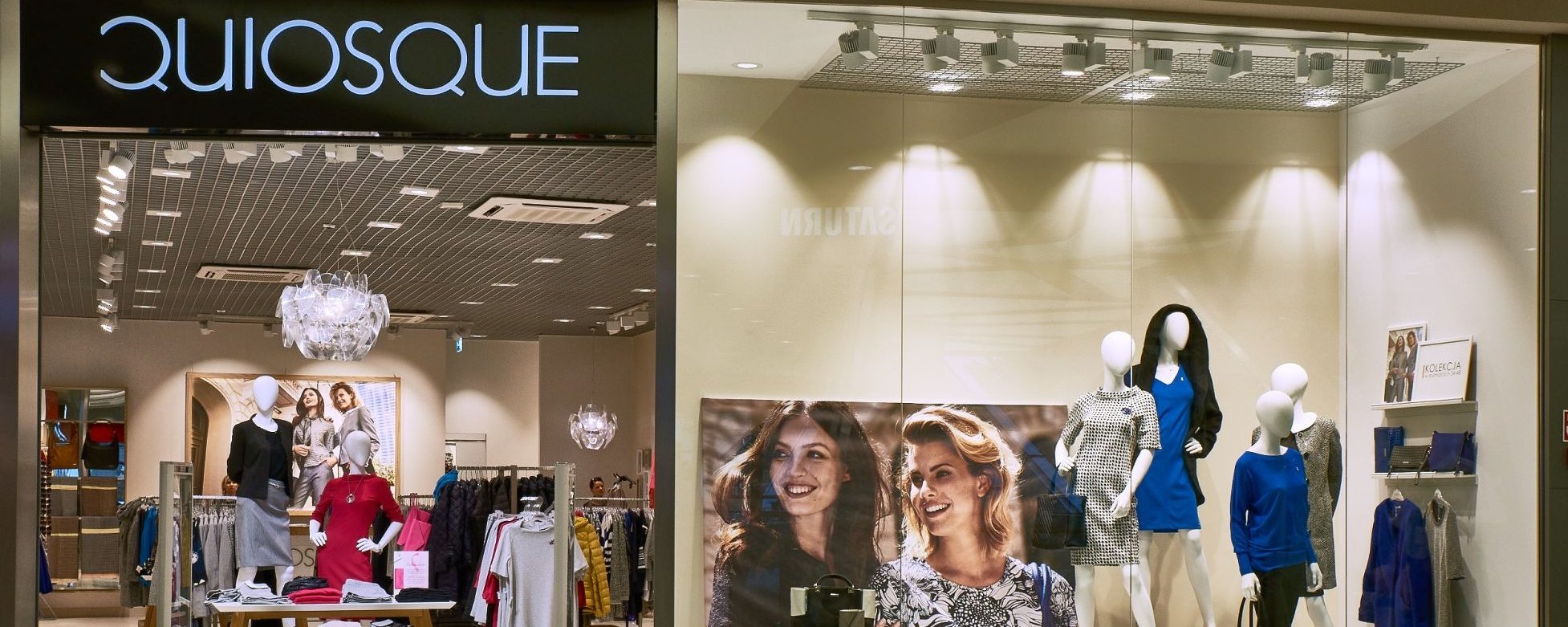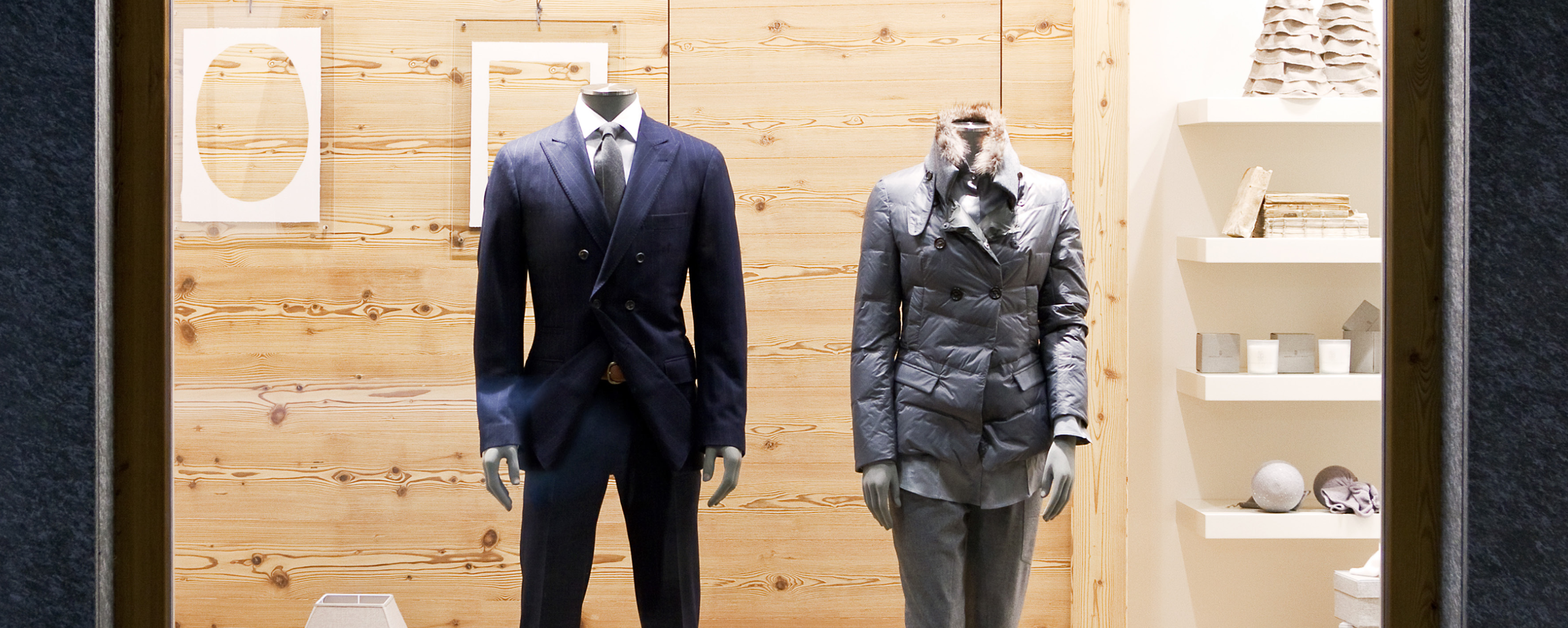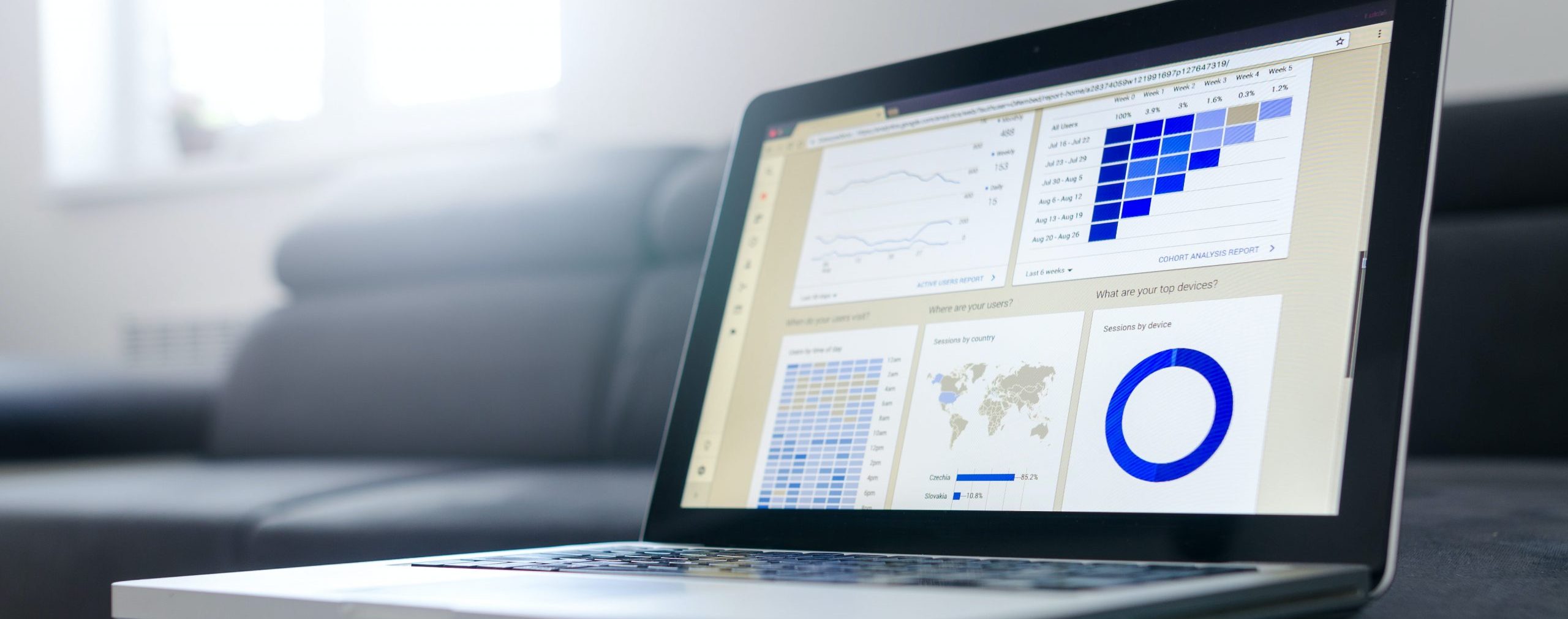
Higher efficiency of employees work thanks to data
Increased revenue dynamics thanks to improved conversion from the fitting room.
To manage his chain stores, client used new, unusual KPIs of staff performance, which translated into an improvement in sales results.
Client
QUIOSQUE – fashion brand for women with sales network of over 170 stores in 80 cities.
Request
Increasing the number of transactions in brick-and-mortar stores and sales conversion rates.
Methodology
The improvement process was carried out in 12 stores selected by the client. To verify the results of the task, a reference group of 60 stores with similar parameters, management methods and financial results was established. In the stores surveyed, a change was introduced in the methods of managing the sales process, while in the control group, sales and work with customers were carried out according to the existing, traditional rules. After 8 months from the beginning of the task, the effectiveness of sales was verified between the research and control groups by comparing the sales results.
Customer service plays a key role in Quiosque. The variety of the assortment and its availability is so great that a proper service is essential. If work with the client is carried out in a model manner, sales results may be higher by up to 50%. In order to actively manage the staff, it is necessary to properly measure the behavior and flow of customers in front of and inside the store. Due to the nature of our work, we were particularly interested in the work of the staff in the fitting rooms. Thanks to the data provided by Retailic, we were able to define benchmarks for quality work in the sales room and in the fitting rooms. Out of 12 stores, leaders quickly emerged and became a point of reference for the rest of the stores. In addition to the data on conversions from the sales room and the fitting rooms, other very useful data were the data on the flow of customers in front of the store and the number of entries to the store. Data on entries allowed us to manage the storefront and the most visible (from the outside) places in the store more efficiently and rationally.
Grzegorz Tokarczyk – Sales and Development Director
Implementation
In the clothing business, purchase decision point is in the vast majority of cases in the fitting room, which is why we paid special attention to this area.
At the first stage of work, together with the client, we decided to make continuous measurements and analysis of two key metrics for the last stage of the sales process:
- conversion from the sales room – the percentage of customers visiting the fitting room in relation to all customers visiting the shop,
- conversion from the fitting room – the percentage of customers who decide to buy after visiting the fitting room.
To measure and monitor changes in metrics in the surveyed stores, we used our own Retailic Intelligence ™ system, which uses a network of sensors to collect information about the behavior of customers and sales personnel. Data on the behavior of individual customers was combined with information from POS cash registers, which allowed the effectiveness of the changes to be assessed on an ongoing basis. For each of the surveyed stores, base values of key metrics (KPIs) were determined, which were used to set goals for sales personnel. The procedure of selling and working with customers has been modified so that it is possible to continuously improve performance, as seen in the change of the values of the above-mentioned metrics. Personnel accountable for directly influencing tasks focused on better customer service and maximizing the number of people using the fitting room, and on the steps to purchase and close the sale with a higher basket value. The implementation of the assumed KPIs was monitored and communicated on an ongoing basis using a specially prepared reporting component.
The results
The introduction of new sales procedures in conjunction with the implementation of a system for monitoring customer behavior in stores – Retailic Intelligence ™ has brought surprisingly good, although expected results:
- within 8 months the dynamics of turnover growth was higher by over 6 percentage points, compared to the reference group of 60 stores,
- at the same time, the average value of the receipt increased by almost 7 percentage points,
- conversion from the fitting room was improved by an average of 7%, with one store recording a record increase in conversion by 33%,
- there was also an increase in conversion from the sales room by an average of 2 percentage points in each store (the best store increased the conversion by 24%),
- there was visible increase in the motivation of store personnel to perform assigned tasks thanks to a data-based approach to management with clearly defined rules of accounting.
As part of the task, based on information about customer behavior, new metrics were identified, the improvement of which will be significant for the productivity of sales, marketing and sales departments in post-pandemic times.




